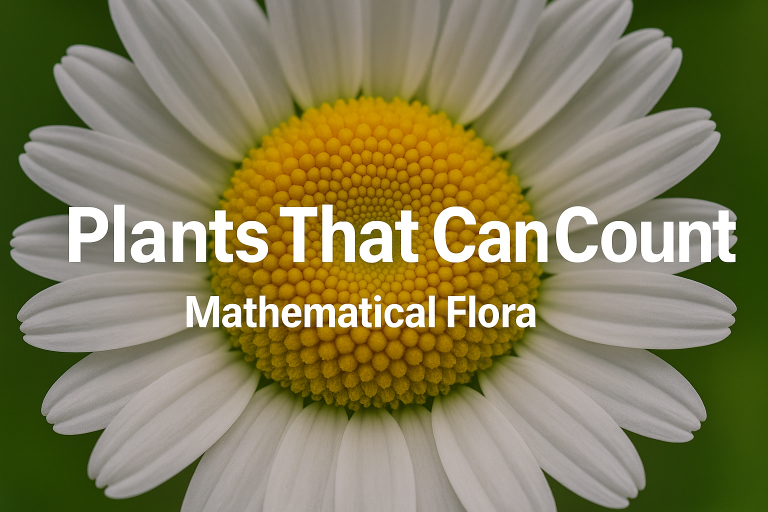In the botanical world, deception is often the key to survival. Some flowers have evolved to perfectly mimic insects—tricking pollinators, deterring predators, and even fooling scientists. These floral imposters use shape, color, scent, and movement to impersonate bees, flies, wasps, and even mushrooms in one of nature’s most sophisticated cases of identity theft.
This article uncovers the secrets of insect-mimicking flowers, their evolutionary advantages, and how this bizarre adaptation helps them thrive.
Why Do Flowers Mimic Insects?
Flowers mimic insects for three main reasons:
-
Sexual Deception – Lure male pollinators by pretending to be female mates.
-
Food Deception – Trick insects into visiting by resembling prey or offering fake nectar.
-
Predator Avoidance – Scare off herbivores by looking like dangerous insects.
The 8 Most Incredible Insect-Mimicking Flowers
| Flower | Mimics | Trick Used | Where Found |
|---|---|---|---|
| Bee Orchid (Ophrys apifera) | Female bees | Releases bee pheromones | Europe, N. Africa |
| Fly Orchid (Ophrys insectifera) | Female wasps | Visual + scent mimicry | Europe |
| Duck Orchid (Caleana major) | Female sawfly | Moves like insect when touched | Australia |
| Spider Orchid (Brassia) | Spider prey | Long petals resemble legs | Americas |
| Fungus Mimic (Aristolochia rotunda) | Carrion flies | Smells like rotting meat | Mediterranean |
| Hoverfly Orchid (Drakaea) | Female thynnid wasp | Lures males to pollinate | Australia |
| Mosquito Plant (Habenaria radiata) | Mosquito in flight | Wing-like petals | Japan |
| Wasp Flower (Ceropegia) | Trapped wasps | Temporary prison for pollinators | Africa, Asia |
1. Bee Orchid: The Ultimate Femme Fatale
How the Imitation Works
-
The flower’s lip looks like a female bee (furry texture, wing patterns).
-
It emits pheromones identical to virgin female bees.
-
Male bees attempt to mate (pseudocopulation), spreading pollen.
Evolutionary Twist
Some Bee Orchids no longer need real bees—they self-pollinate instead.
2. Duck Orchid: The Moving Illusion
Tactile Deception
-
The flower’s labellum (lip) resembles a female sawfly.
-
When a male lands, the lip springs upward, trapping him briefly.
-
As he struggles, pollen sticks to his body.
Why It Works
Male sawflies are territorial—they attack anything resembling a rival, ensuring pollination.
3. Fungus Mimics: Flowers That Smell Like Death
Carrion Flower Strategy
-
Aristolochia rotunda smells like rotting flesh to attract flies.
-
Inside, downward-pointing hairs trap flies overnight.
-
The next morning, the hairs wilt, releasing dusted flies.
Ultimate Deception
No real food exists—flies leave hungry but pollinated.
The Science Behind Floral Mimicry
1. Visual Perfection
-
Petal UV patterns match insect wings.
-
Hair-like structures mimic bee fur.
2. Chemical Trickery
-
Pheromones identical to female insects.
-
Ophrys orchids even adjust scents to local pollinator preferences.
3. Movement Illusions
-
Some orchids sway in wind like resting flies.
-
Duck Orchid’s hinged lip creates motion.
Can These Flowers Fool Humans?
Historical Misidentifications
-
Early botanists drew “bees” on Bee Orchids, not realizing they were part of the flower.
-
Drakaea orchids were originally classified as insects in herbariums.
Modern AI Confusion
Image recognition software sometimes labels these flowers as real insects.
Conservation: Why Mimicry Makes Orchids Vulnerable
Threats
-
Over-collection: Poachers target rare mimics.
-
Habitat loss: Many grow only in small, fragile ecosystems.
-
Climate change: Shifts in pollinator timing disrupt mimicry precision.
How to Help
✔ Buy only nursery-propagated orchids.
✔ Support pollinator habitat restoration.
Could These Flowers Evolve Again?
Future Mimicry Possibilities
-
As pollinators decline, some orchids may switch to new insect mimics.
-
Urban orchids might adapt to fake city pollinators (e.g., mimicking plastic debris?).
Conclusion: Nature’s Greatest Con Artists
These flowers prove that appearances can be deadly—or at least deceptive. Their perfect mimicry challenges our understanding of evolution, pollination, and survival.
Next time you see a flower that looks “buggy,” look closer—you might be witnessing one of botany’s most elaborate tricks.




Leave a Comment